Why hire an interior designer?
Why hire an interior designer?
Eight reasons why you might want to hire an interior designer for projects big and small
There are many misconceptions about what an interior designer does - and whether it’s worth the expense of hiring one. Interior design isn’t just about choosing cushions, curtains and paint colours although that is part of what they do. Trained interior designers will pay attention to comfort – heating, lighting and acoustics – as well as movement through a space and furniture layout. They get involved in creating the look and feel of a space. It’s the designer’s job to see the big picture and how one part relates to another.
Mark Bithrey, founder and creative director at B3 Designers, explained: “Interior designers come with an in-depth understanding of space, functionality, materials that are touched in our everyday lives and their suitability, furnishings, fixtures and equipment (FF&E), layering, colour coordination, lighting and increasing the overall value of homes.”
Fresh pair of eyes
An interior designer can offer another perspective. Bithrey said: “As interior designers, the role we play is to work alongside our clients to identify opportunities for spaces that aren't readily obvious - this includes both general living space, functionality and involving technology in homes. We are able to think about how space can be used differently or designed to be multipurpose.”
Ideally, an interior designer will be hired in the early planning stages of a project. A small adjustment in room size or position of a door can prevent problems when the homeowner starts to furnish his or her new space, for example. A trained interior designer will likely have bright ideas for every room in the house from the bedroom to the bathroom but will also work within limitations, such as building regulations.
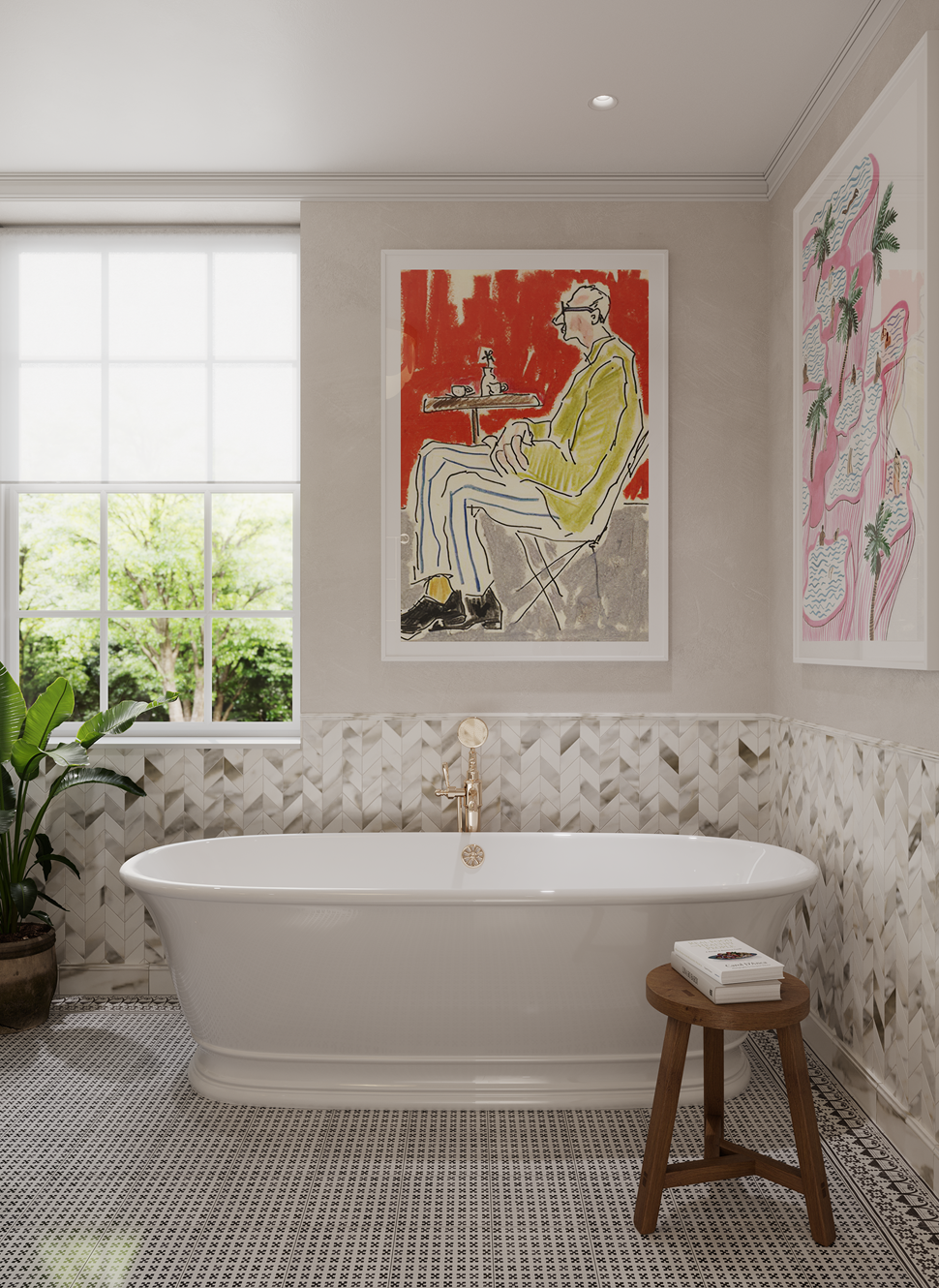
Image supplied by B3 Designers
Reflect your tastes
Creating a home that truly reflects your lifestyle, wishes, dreams and budget isn’t easy. That’s where an interior designer can help. They can bring order to a project and develop your ideas, however vague or eclectic. Whether your project is big or small, the first step in the design process is getting to know you and your family. They will ask a series of questions about the anticipated use and function of a space and your lifestyle. Topics like favourite patterns or colours are important to discuss to make sure the interior meets your needs and tastes. “Interior designers can distil, organise, balance, and budget ideas. We also have access to unique suppliers from our years of experience and able to curate stylish pieces that complement the client's personal style and choices,” said Bithrey.
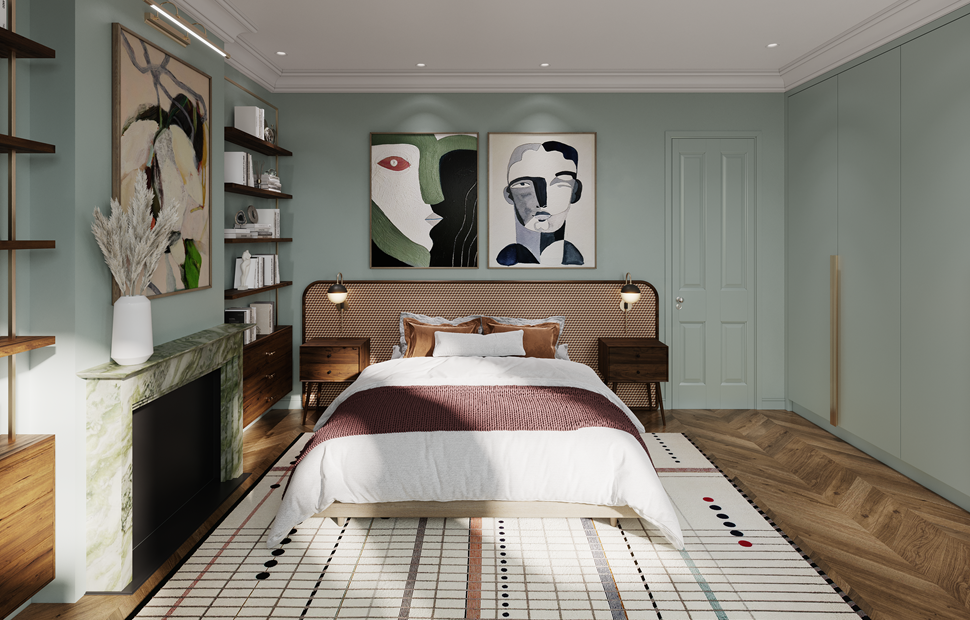
Image supplied by B3 Designers
Bring training and experience.
An interior designer will look closely at how you are going to be using the space on a practical level – and how your needs might change in the future. They can help you visualise the space having been trained to draw and sketch room schemes. Will it be a multi-functional room, for example cooking/dining/living or a bedroom/study? How do you want the space to feel – open and airy or cosy and welcoming? In an open plan layout, they might draw up a plan that defines zones for different activities. The positioning of sliding doors or bookshelves can cleverly divide spaces rather than walls.
Avoid costly mistakes
When planning a home extension or renovation, you will need to choose countertops, flooring, wall surfaces, paint colours and more. It’s easy to get decision fatigue and make snap decisions you might later regret, such as picking a paint colour without testing samples and considering the natural light in the room or a sofa that takes up too much space. An interior designer can help you make the right decisions from the start, avoiding costly mistakes. “The digital world is awash with ideas on Pinterest and Instagram and it can become overwhelming to navigate. Interior designers have the ability to challenge pricing and deliver something surprising and extraordinary,” said Bithrey.
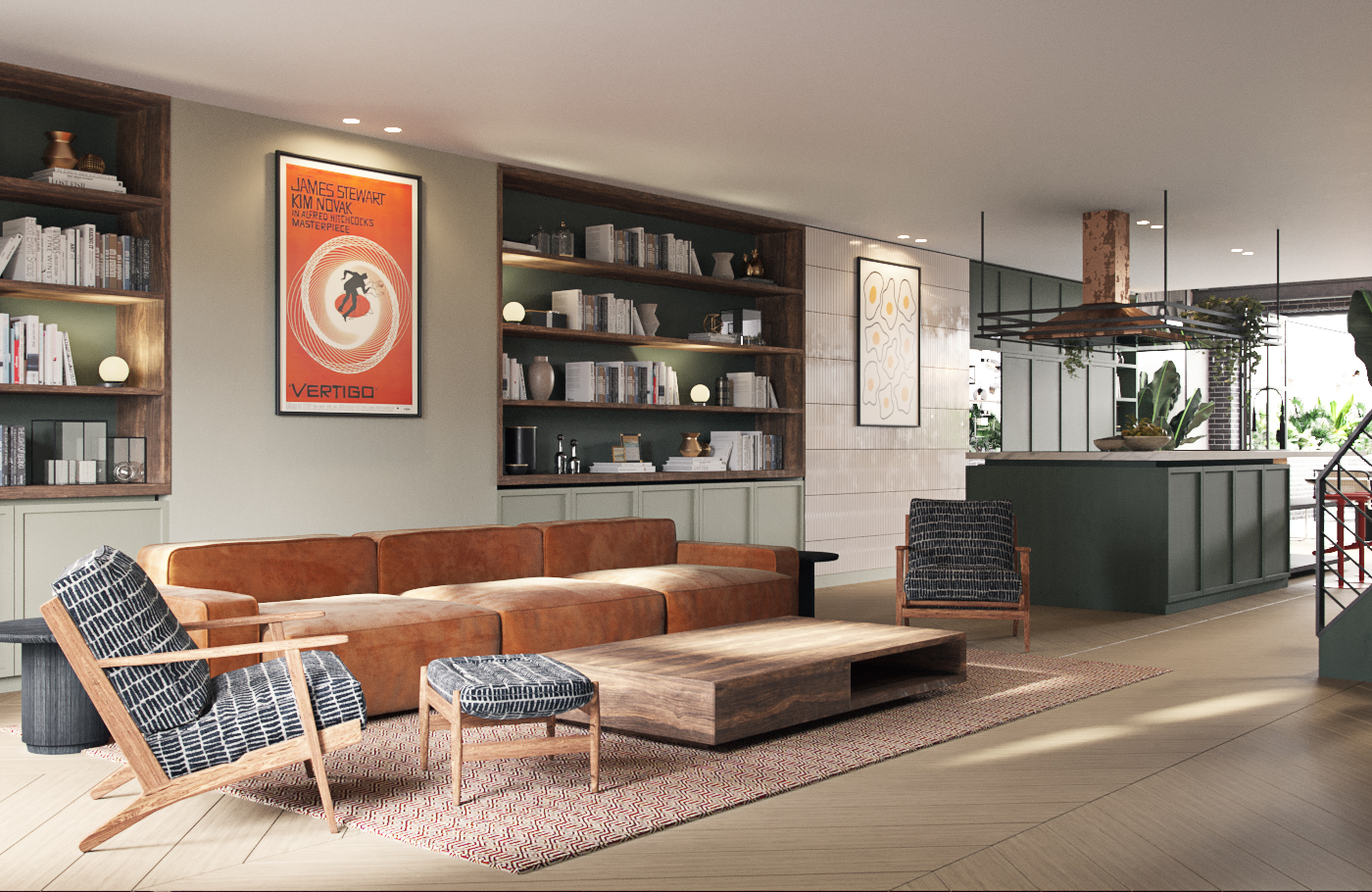
Image supplied by B3 Designers
Draw up a furniture plan
Interior designers will think about the structure and size of the room and if the space flows or is obstructed. The passageway through a room should be easy without having to squeeze sideways past a large bed or sofa. The key is to be realistic about the size of your room and choose furniture that fits the space. Whether it’s reconfiguring existing rooms or planning an entirely new layout, interior designers can help you work out the best possible arrangement of furniture. It’s possible to go from cramped to spacious with a few clever tweaks.
Take the stress out of shopping.
Some interior designers will provide a bespoke mood board for each room, annotated floor plan, 2D visual and a personalised shopping list with options within your budget. This will save you time browsing on the internet and looking around shops for everything from light fittings to loo seats. An interior designer can guide you on when to save money and when to splash out, making your budget work harder. While you may have a few favourite homeware shops, they will know hundreds more from factory outlets to bespoke curtain makers.
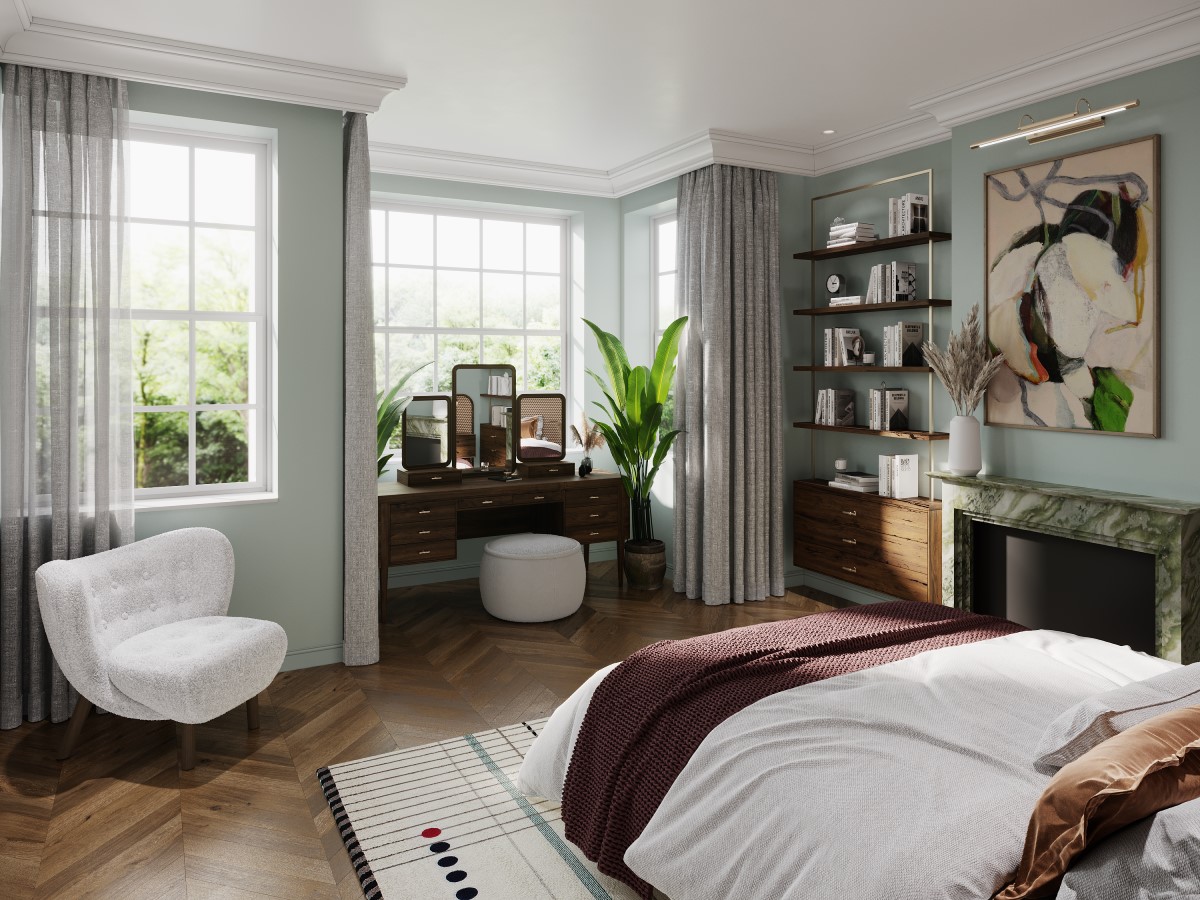
Image supplied by B3 Designers
Dress a space
Using their styling expertise, an interior designer can help you dress a space to move into. If architecture is the bones of a project, then the furnishing, fixtures and equipment (FF&E) has been described as the flesh that makes up the body. Interior designers will specify products to furnish and equip interiors, including beds, headboards, light fixtures, curtains, sofas, chairs, tables, office desks and more - not forgetting appliances, audio-visual and IT kit. They will know where to have a bespoke cabinet made to fit your space or find the perfect rug that complements your scheme.
Push the envelope
Colour is a great way to inject designer interest and energy into a neutral room. With their creative eye and experience, an interior designer will know which colours work well together. They can advise on picking a perfect colour palette, carefully considering the size of the room, quality of light and function of the space. It can be daunting choosing a colour scheme which is possibly why so many of us play safe and opt for neutral shades. That’s fine if you are a beige person, but if you love bright colours an interior designer can empower you. For example, you may choose a bold colour and then work with that in different shades and tones or mix contrasting colours together to create a dynamic scheme.
While some homeowners choose to use the insight and specialism of an interior designer others prefer to flex their own creative muscles. There’s no right or wrong. Much depends on whether you want to take your project to the next level to achieve a perfectly planned space. When an interior designer and an architect work together on a project it should come together to give you a beautiful, functional, tailor-made space, both inside and outside.
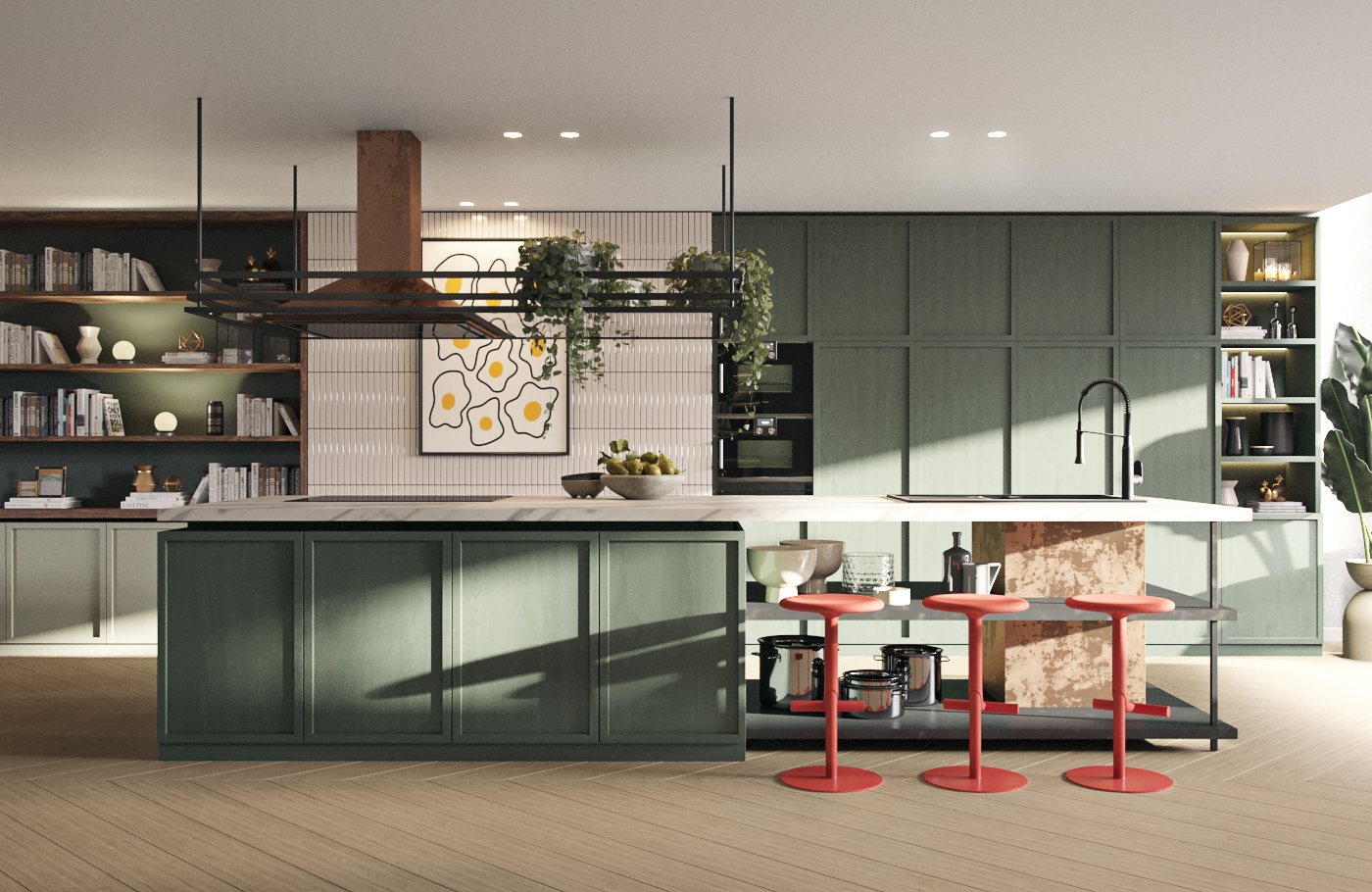
Image supplied by B3 Designers
